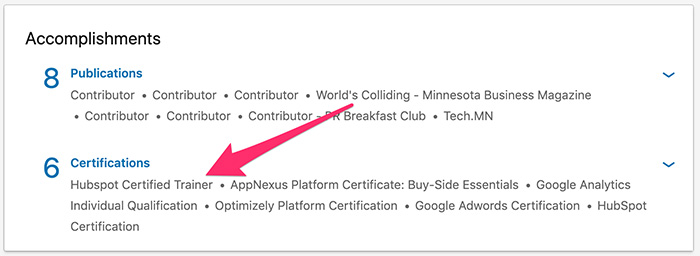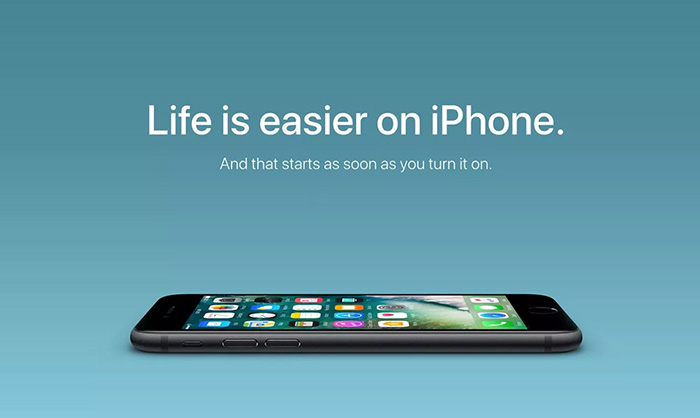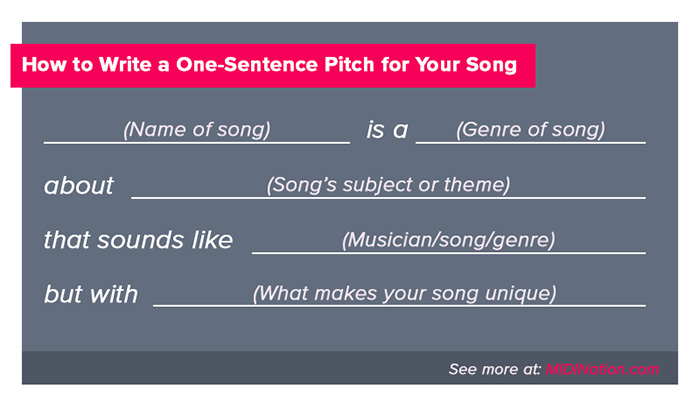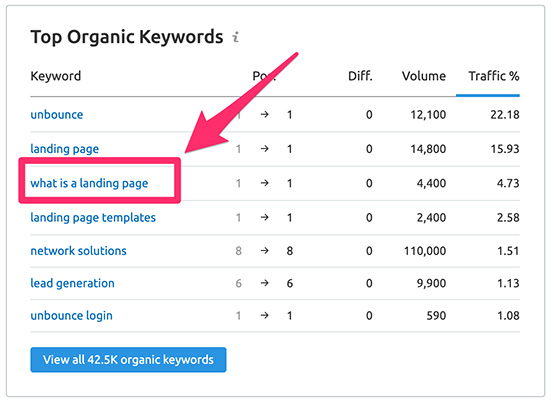How to Create Killer Project Proposals to Land Five-Figure Blogging Clients

It all starts with the project proposal.
It doesn’t matter whether you’re selling a $100M ad strategy to Ford or a $1,000 blogging plan to startups, the quality of your proposal will have a marked impact on your results.
Writing a great project proposal isn’t just about cramming in as much information into the document as possible. Nor is it about using some copywriting tricks to convince clients.
Rather, great proposals are all about positioning, personalization, and meeting the expectations of your audience.
In this guide, I’ll share a detailed process for writing deal-winning project proposals. Follow these tips to land five-figure clients and transform your blogging career.
Understand the Client’s Perspective
Do you know the biggest reason why project proposals get rejected?
No, it’s not your pricing or your blogging site. In fact, you’ll find that when you target the right clients, they’re often willing to pay even more than you demand.
Instead, the real reason proposals get rejected is because they don’t factor the client’s needs into account. They focus so much on the deliverables (i.e. the content) that they forget what benefits the deliverables can help realize.
Understand that outside of a few clients, no one wants content for the sake of content. Every client will have some specific reasons for buying your service. A startup founder might need it as a low-cost option to attract passive traffic. A mid-level company CEO might need it as marketing collateral for his sales staff. And an enterprise company manager might need it simply because his boss has given him a budget for it.
Your job is to place yourself in the client’s shoes and tailor your proposal to meet their specific needs. The better you do this, the more success you’ll find with your outreach.
How to Personalize Your Proposals
This brings us to the obvious question: how do you see things from the client’s perspective?
There are two aspects to this personalization: individual-focused and business-focused.
Individual-focused personalization is all about tailoring your proposals to speak to the decision-maker’s motivations and concerns. These will vary greatly depending on who you’re targeting.
A startup founder, for instance, will have very different motivations than a mid-level manager reporting to the VP of Sales. The former likely wants accelerated growth and is working with a limited budget. The latter wants something that makes him – and his VP – look good. The metrics you’ll focus on either case will be entirely different.
It’s also a good idea to weave in the decision-maker’s interests and preferences into the proposal. LinkedIn is a great help here. Try going through their profile to spot any interests, experience, charities, or organizations you can talk about in your proposal.

In the above example, you could talk about how your blogging services adhere to HubSpot’s content guidelines (Image source: LinkedIn)
A second, and arguably more important level of personalization, is business-focused. With this approach, you figure out the business’ goals and motivations and change your proposal accordingly.
While “more money” is an obvious motivation for every business, you’ll do far better if you focus on additional concerns, such as:
- Competition: Businesses are highly motivated by the idea of “not falling behind” their competitors. If one of their competitors has a lot of successful content (in terms of social presence or search traffic), talk about how you can help them match up.
- Product launches: If the business has an impending product launch (usually visible on their company news or Twitter pages), they are likely looking for an extra push to promote it. Mention how you can help them tap an unexplored market with your content.
- Funding: A business that just raised a new round of funding is often looking to invest it in growth. Go through their Crunchbase page to see if they’ve raised any money recently. If they have, mention how you can help them hit the metrics they (and their investors) care about.
Focus on Your Positioning
If you sell blogging services, what exactly are you selling?
Most bloggers would answer this with one word: content.
But “content” describes the deliverable you offer clients – the end-product, so to speak. Clients don’t buy content for the sake of it; they buy it because they want the content to deliver some benefits and results.
If you focus on these benefits instead, you’ll drastically improve your success rate.
Think of how Apple’s ads often focus on theconvenience and quality of its products, not their technical specs. Technical specs are features; convenience is the benefit they produce.

This Apple ads doesn’t talk about the iPhone’s better screen or faster processing but how it is easier to use (Image source: CampaignsOfTheWorld)
Try doing the same thing for your content. Place yourself in your client’s shoes and ask: what does this client hope to achieve from my blogging services?
Here are some ways you might position your service to focus on benefits:
- Convenience: By buying your blogging service, clients get “done for you” content delivered every month without worrying about topics or writers.
- Time/money saving: By buying your service, clients can save time creating content or hiring freelancers. Or they can save money by using you only when necessary (instead of hiring full-time workers).
- Results: By buying your service, clients can increase traffic, improve engagement, or capture more leads.
- Scalability: If selling to large clients, you can focus on how your service can help them scale their content production.
- Reliability: Instead of hiring freelancers who might drop out without notice, clients can use your service to get reliable, on-time content delivery.
- Domain expertise: Instead of working with content creators who understand nothing in particular, clients can hire you to get expert-created, industry-specific content.
Notice how none of these talk about pricing. Positioning based on pricing is one of the last tactics you should adopt since it places you in a box where you have to compete on value, not benefits.
One way to zero in on your positioning is to adopt a “mad libs” approach where you describe your service in relation to a more popular offering. Since you only have to fill-in-the-blanks, it takes the guesswork out of coming up with a positioning statement.
Although it is focused on music, this template from MIDINation is a good example. You can easily tweak it to use it for a “blog” instead of a “song”.
Reworking this for a blogging audience, you might have the following template:

(Your service name) is a (service category, such as “content marketing”) for (your target audience) that helps them (core benefit) but with (core differentiating factor).
Mention the Right Metrics
While “have better content delivered conveniently” is certainly a nice value proposition, businesses ultimately care about one thing: numbers.
If you’re going to find any success with your blogging project proposals, you will have to tie your services to specific metrics. These will vary depending on the business you’re targeting and the individual decision-maker. Some will care about traffic and social engagement. Others will want higher conversions or guest posts on top publications.
But the best way to win any blogging deal is to tie a dollar figure to your content.
The obvious way to do this would be to talk about how your blogging service can help the business gain traffic or customers. But a better approach is to focus on what they stand to lose by not using your services.
Why? Because people are motivated more by loss aversion than by potential gain.
One way to do this is to talk about how the business is losing money in the SERPs by ignoring its content. If you can tie this to a competitor’s SERP performance, you can motivate a lot of action.
Here’s how to do this: look up the business’ key competitor on a tool like SEMRush. Click on the “Organic Research” tab to see its top ranking keywords.

Figure out how much money a competitor is making with its content to make it easier to sell your services.
Click on one of these keywords to see its CPC. Given that the topmost result captures nearly 45% of the clicks for the keyword, you can use this data to figure out how much money the competitor is making with its content.
For instance, if the keyword has a search volume of 1,000, and a CPC of $10, a top ranked result is driving traffic worth at least $4,500/month (45% of 1,000 * $10) to the website.
In real-world terms, it would be even higher since a top ranking page gets a lot of traffic through other queries as well.
If you can do this for 2-3 top competitors in your proposal, you can show clients what they’re losing by not blogging. This can be a powerful factor in helping you win the deal.
Over to You
Success with freelance blogging is neither fast nor easy. But the rewards – monetary as well personal – are worth the effort. If you can tailor your blogging proposals to focus on what your clients care about – convenience, money, and personal motivations – you will find it much easier to land those five-figure clients you’ve always dreamed of.
Author Bio
Jeff Sullivan is a content marketing manager for Workamajig, a leading management system used by the world’s top agencies. When not helping agencies scale their growth, he can be found fiddling with his guitar or waiting for surfing season to start.

